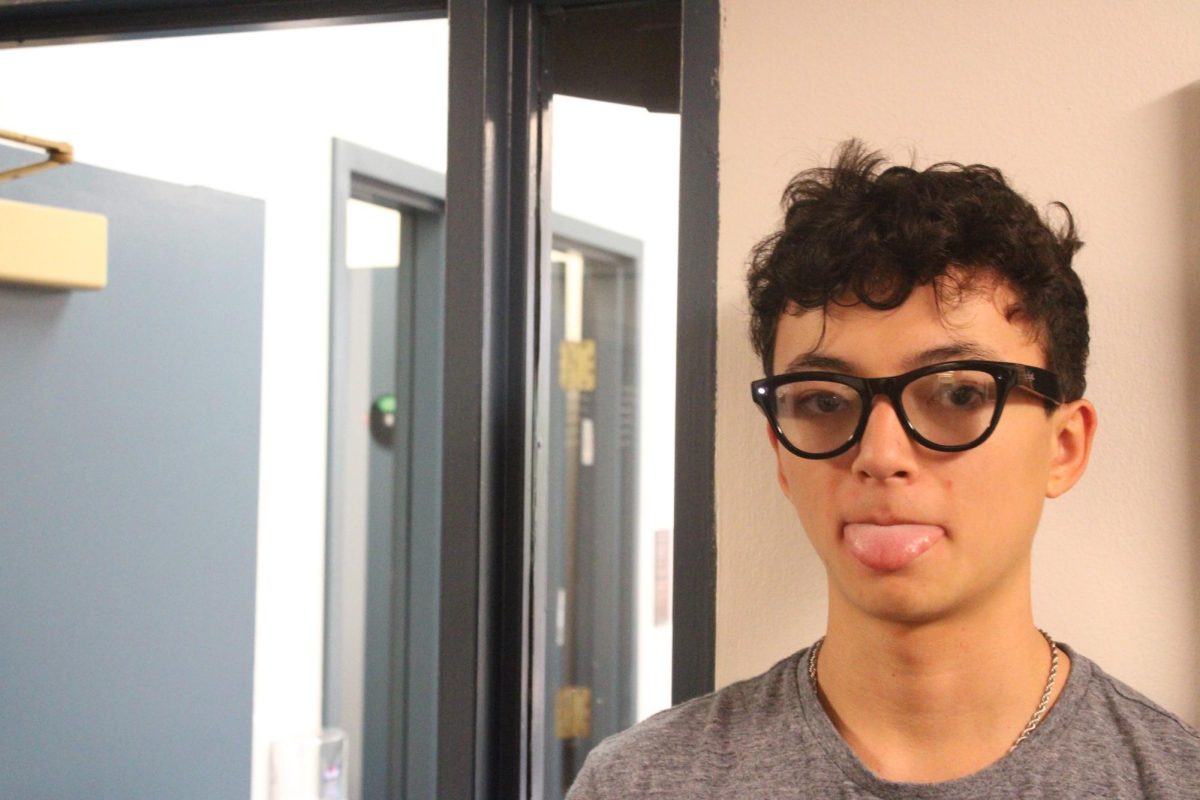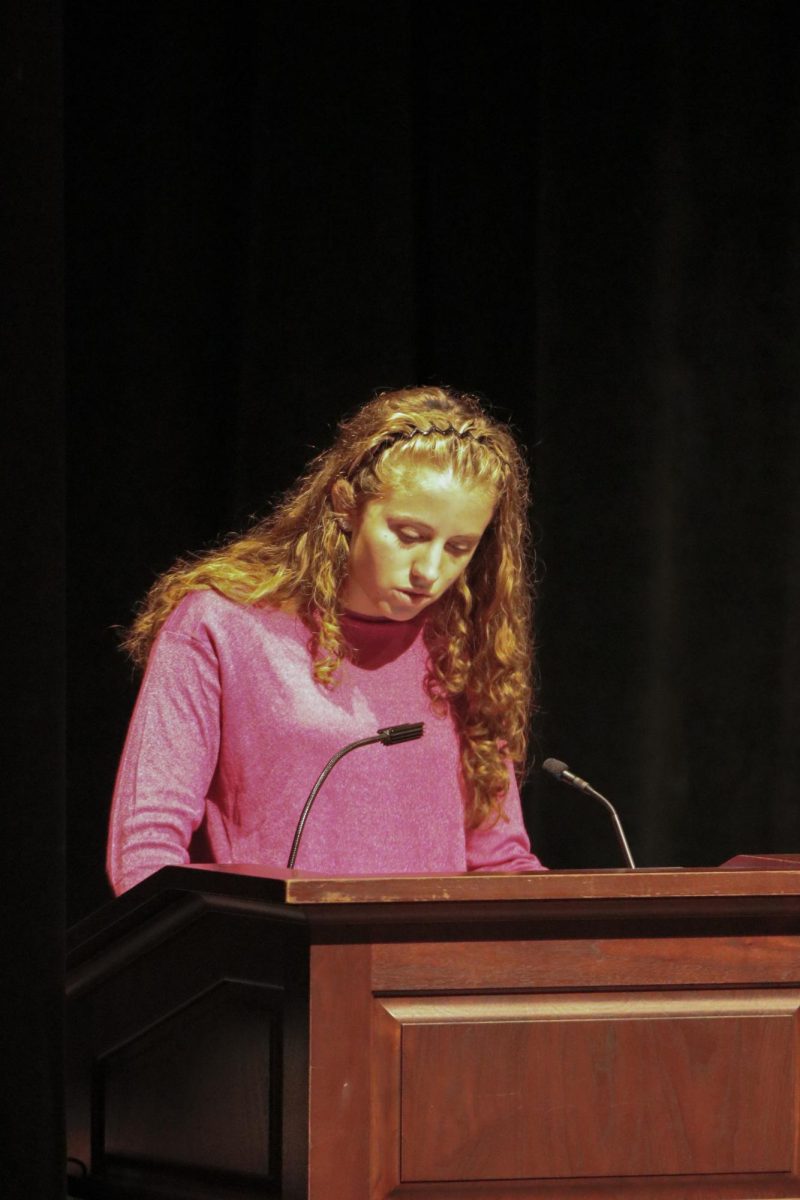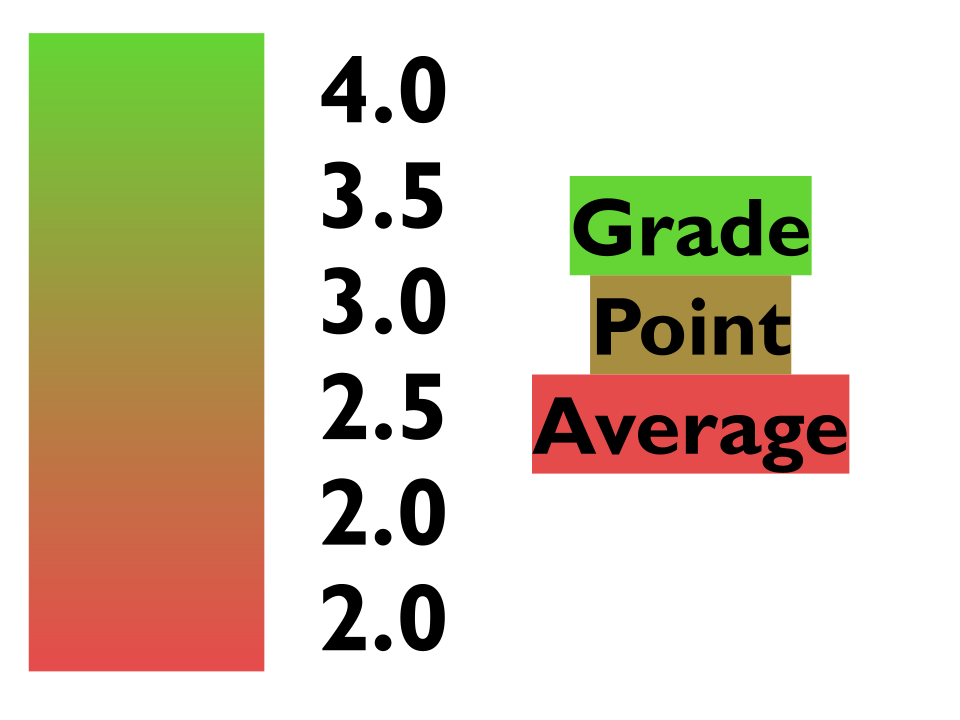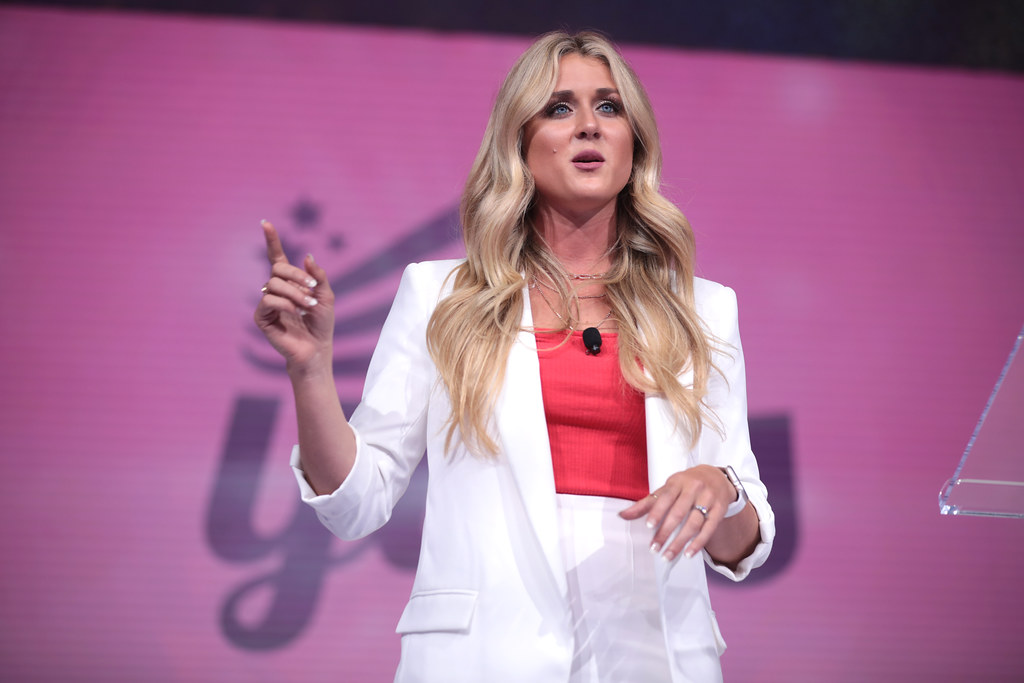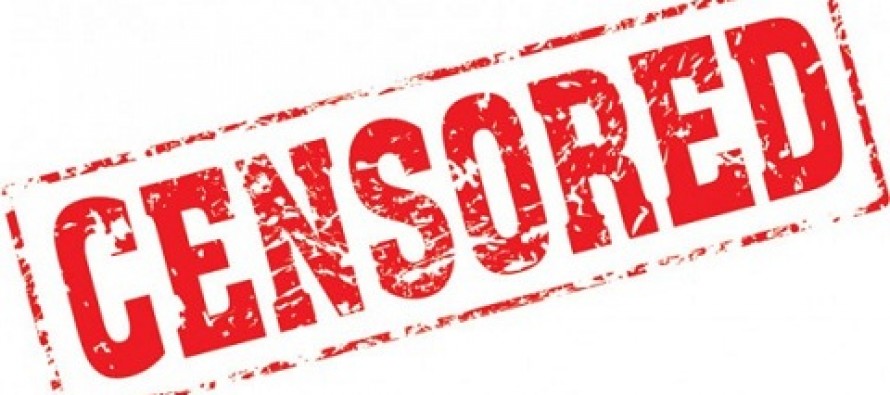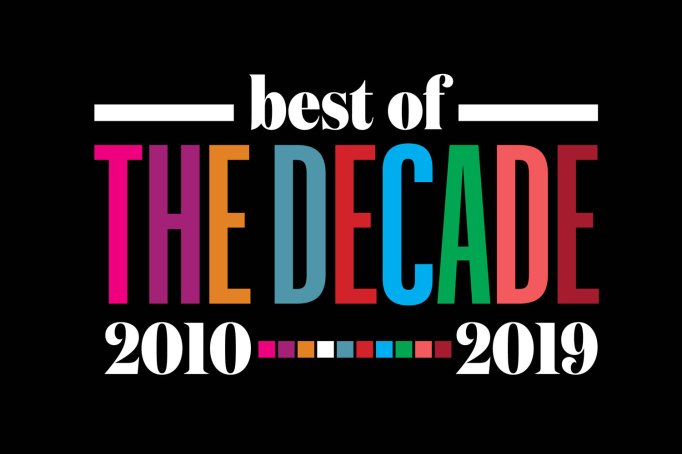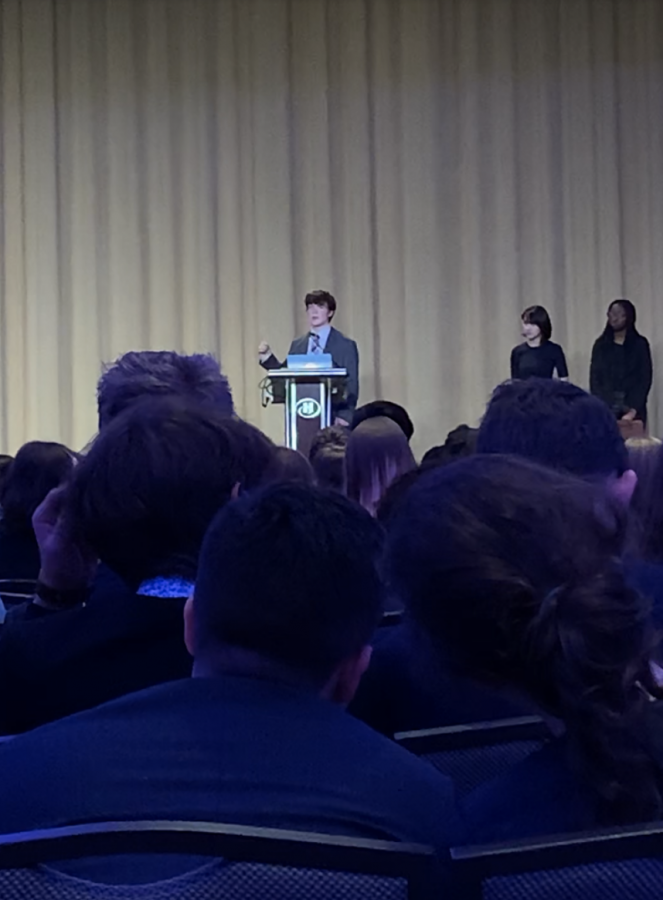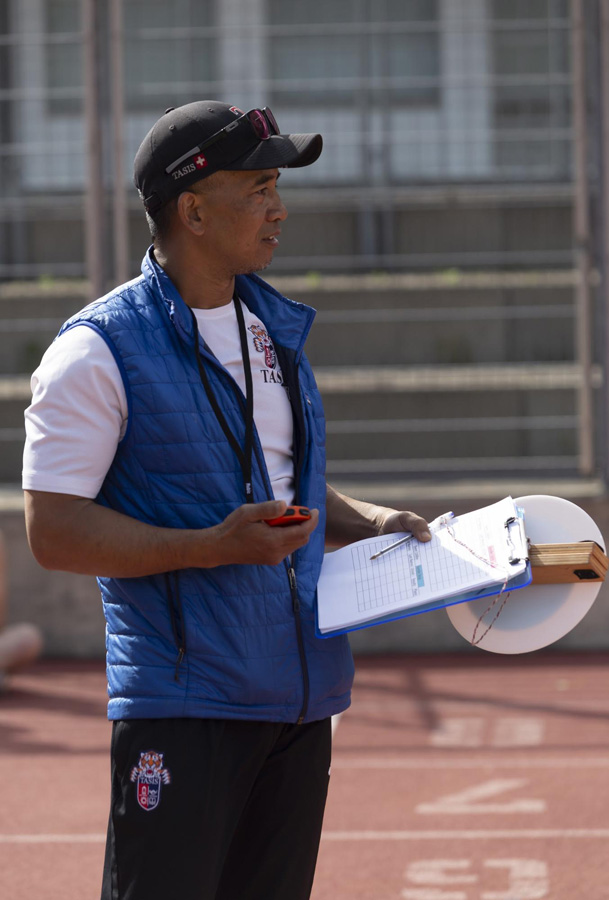Will Slater Sofia Mendieta had been looking forward to her senior art show for years, both to share her work and as an opportunity for expression. “I wanted to make a statement. I wanted to portray things people don’t really talk about in this school…I [thought] that art would be a good way to start those conversations.” The piece that would draw the most attention, however, didn’t have any political ends and wasn’t put up to stir controversy. After spending junior year abroad, Sofia returned to an overwhelming college process. Almost daily, she had received letters from colleges, each different but essentially the same. This madness seemed perfect for her show, so Sofia made a collage out of clippings of college mail, pasted together in the form of the internet meme “Pepe the Frog.” “I chose sad Pepe because it’s funny, and when people ask me about college that’s kind of how I feel…I wanted it to be kinda relatable.” Less than an hour after it had been put up, the collage was taken down. It’s now in a censored folder in Ms. Ross’ office. Pepe the Frog was created in 2005 by Matt Furie. In the years that followed, Pepe slowly became more popular, finding a home on a certain page on of 4chan, a message board website. It soon spread beyond 4chan, becoming one the most popular and widely used memes by 2015. In 2016, though most iterations of Pepe remained innocuous, more and more Pepe was used as an expression for racism and, in particular, anti-semitism, often drawn as Hitler, a member of the KKK, a neo-Nazi, or a radical jihadist. The alt-right had grabbed onto Pepe as an outlet for their movement, so much so that in 2016 Pepe was added to The Anti-Defamation League’s list of hate symbols. Sofia wasn’t aware of Pepe’s history, and neither was Ms. Ross. After it was brought to her attention, though, Ms. Ross researched Pepe and later spoke with Ms. Rodriguez and other staff. “It’s case by case, and there have been a handful of things I’ve had to censor over the years, and usually there is pretty good reasoning for why. This one is a little trickier, because like I said, I was clueless on this until I was educated about it.” The gallery, stationed near the bridge, is to an extent a shared space. Middle schoolers and their parents walk through it all the time. Even among the Upper School community, there’s a range for what people are willing to see and tolerate. Pepe’s designation by the Anti-Defamation League as a hate symbol puts it in the same category as a Swastika. For most, Pepe won’t have nearly the same visceral reaction, but it nonetheless is a potentially offensive image. Gallery Two can also be seen from Clark St, and Ms. Ross worries that a passer-by could have seen Pepe and began to associate Latin with hate or bigotry. “Part of my role is, in a certain sense, to protect the school, as well as the students from what potentially could be harmful in terms of how people might read or interpret things that they create or do. They’re fine with it, but the community may not be fine with it.” Sofia was shocked and upset when her “College Collage” was taken down. Though she recognizes what Pepe has become to some, the notion that all work with Pepe is offensive is nonsense. “Not every Pepe that you post signifies that you’re racist or that you’re part of the alt-right.” Moreover, Sofia questions whether the alt-right’s usage of Pepe actually gives them any credible ownership. Both the original Pepe and vast majority of its recreations aren’t hateful at all, so why legitimize the interpretations that are? “I would never, ever, like, have something to do with that, cause the alt-right were the ones that kind of appropriated Pepe, that meme, which doesn’t make sense because memes are for everyone…you can’t appropriate something that is on the internet for everyone…It was kind of dumb to me that the alt-right would be like, ‘this is our meme now,’ because they don’t have any ownership or anything. It’s an image that people post a lot.” More personally, Sofia insists that anyone who finds her work racist or bigoted must not know her, because if they did, they’d know that any association with Pepe’s alt-right popularity would run contrary to her beliefs, identity and frankly, self-interest. “I would never have anything to do with the alt-right, it just doesn’t make sense as a woman of color, and, you know, being Mexican.” The art department considered allowing the piece to be put up, just with an artist statement below explaining the origins and intent of the piece. Most of the gallery’s viewers, it was decided, simply won’t read an artist statement, so it seemed inevitable that a passerby would misinterpret Sofia’s collage. Sofia is confused by this decision, too. “As an art department, how can you say that no one reads art statements?” In the end, the imperfect solution was landed upon. During the show, the “College Collage” was placed in a folder, with a sign attached explaining that the work had been censored, but that anyone who wanted to see it could be shown. For Sofia, the process was frustrating, leaving her critical of Latin’s choices and confused with who the school is trying to protect. She resents the school’s unwillingness to let her explain the piece through an artist statement and maintains that Latin has overstepped its bounds. For Ms. Ross and the art department, the process has been conflicting. She doesn’t want to censor work, knowing after decades as an artist and art teacher that art, including controversial or challenging work, can be a powerful tool for activism. As the head of the Art Department in a Pre-K-12 school, though, she doesn’t always see a choice. Latin remains in a conflicted grey area, at once wanting to encourage full creative expression and feeling compelled to protect its values, reputation, and students. For sources click here, here, and here.]]>
Categories:
Censorship and Senior Art Galleries
May 1, 2017
0
More to Discover

